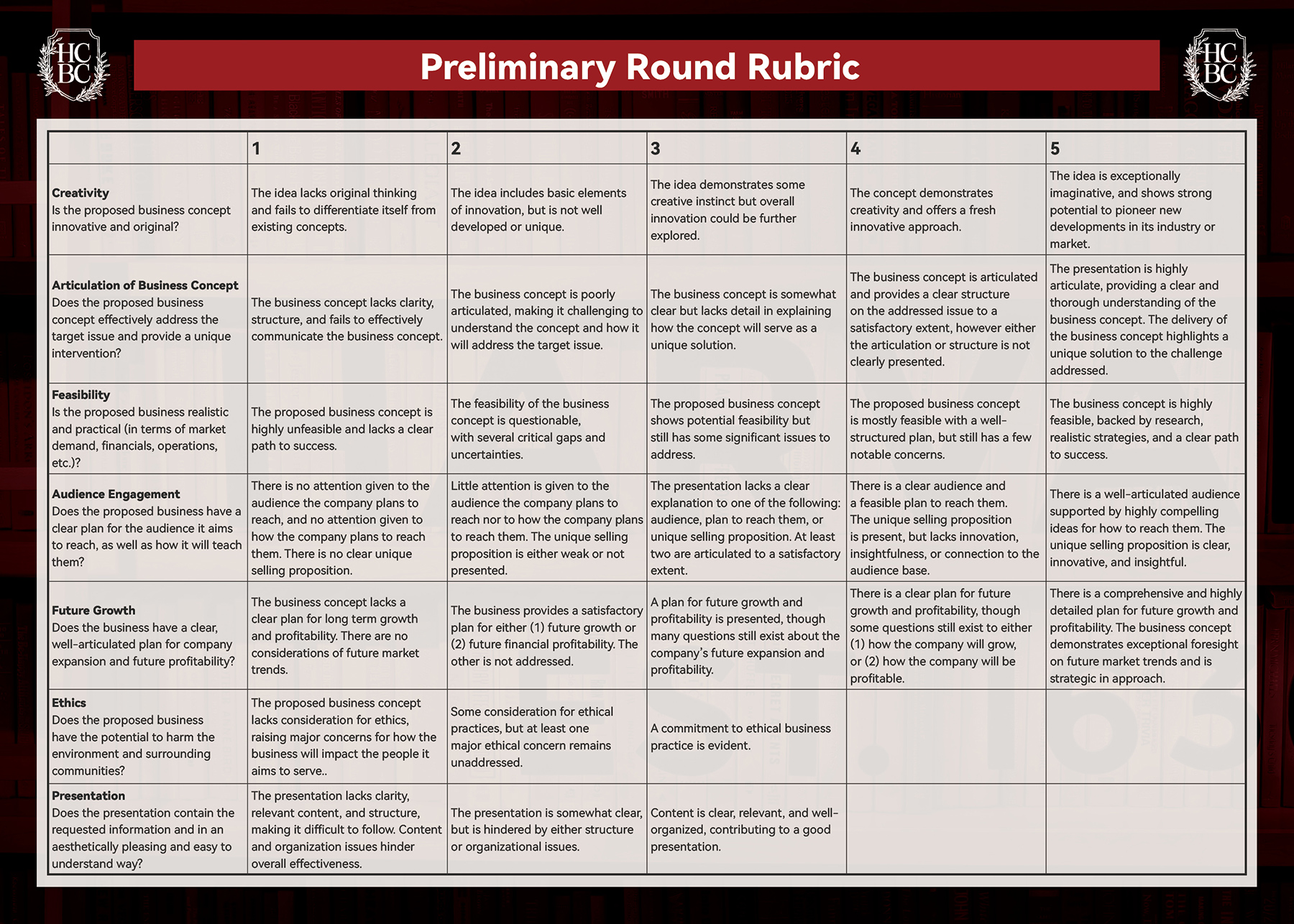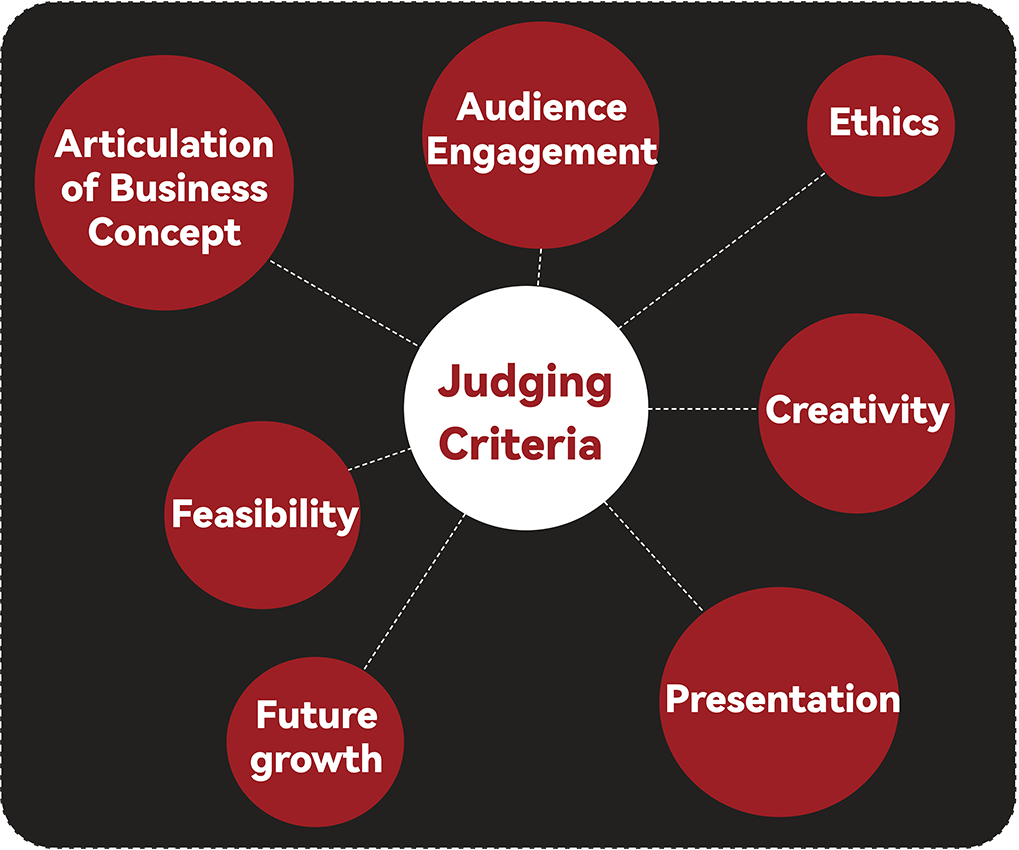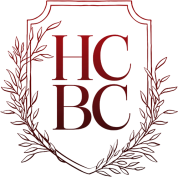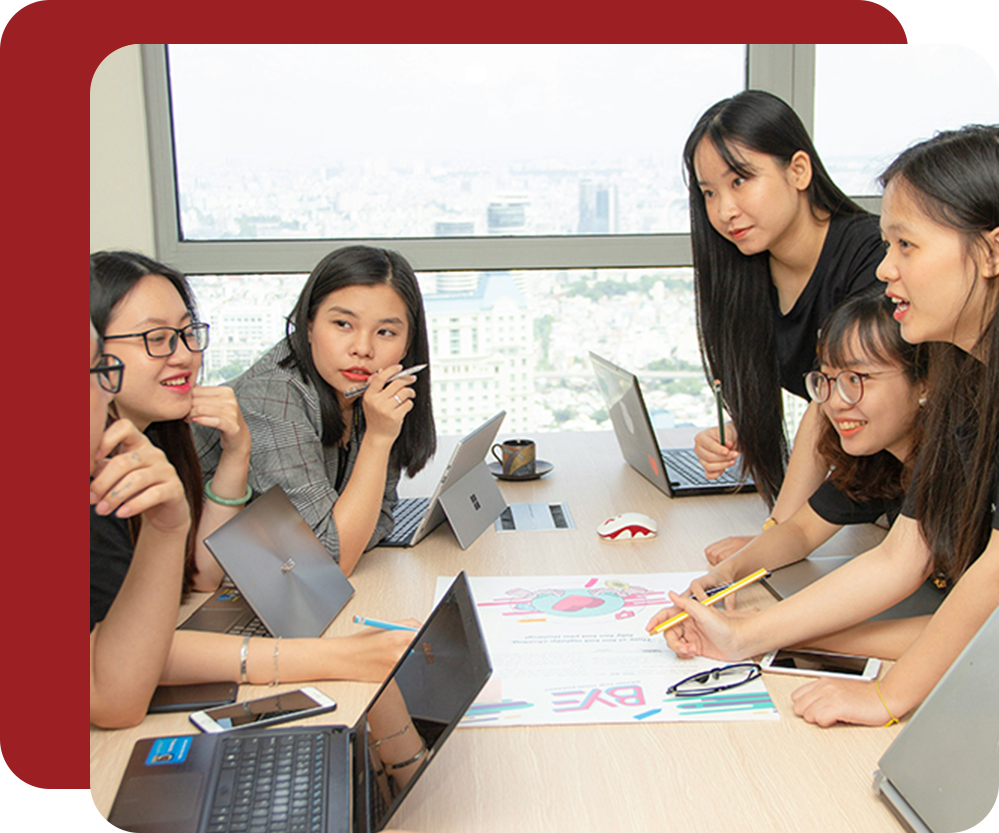
What is The Harvard Crimson Business Competition?
Organized by The Harvard Crimson
A global competition for high school students to showcase their innovation
An opportunity for students to test their business acumen
Guidance from members of The Harvard Crimson and Harvard Alumni
Nurturing the next generation of entrepreneurs
Life-changing experience
Winter 2024 HCBC timelines
- Preliminary Round Register Open

November 29th, 2024
- Preliminary Round registration closes

December 2024
- Preliminary Round qualifiers announcement
- Championship Round qualifier invitations sent out
- and Championship Round registration opens

February 6th-9th
2025
- Championship Round On the campus of Harvard University
- Only the top participants from the Preliminary Round are invited

PARTNERS
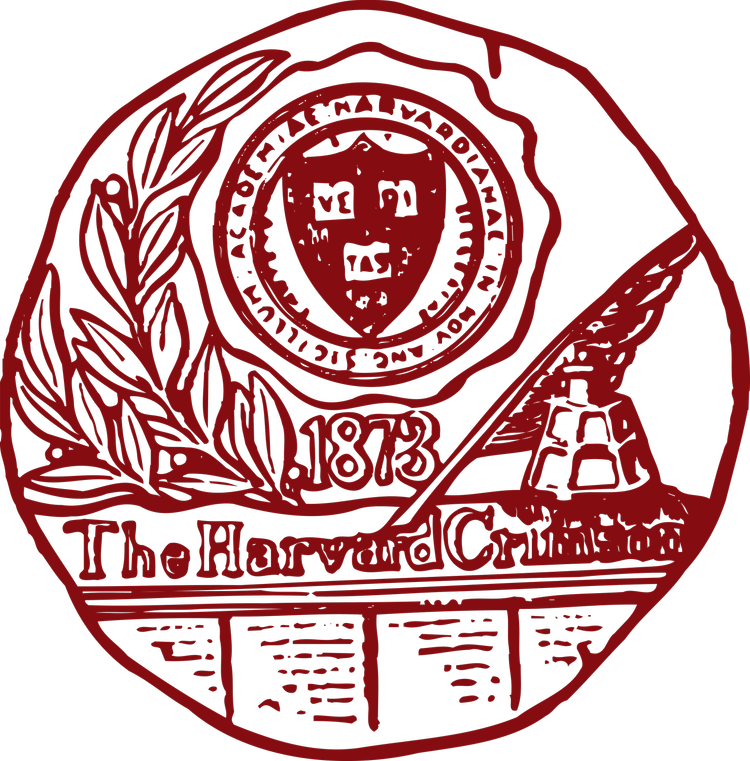
The Harvard Crimson, founded in 1873, is the oldest continuously published college daily newspaper in the world, reporting on Harvard University and beyond. The Harvard Crimson, entirely managed by Harvard students, publishes Monday through Friday (excluding holidays), with a weekly printed edition on Fridays. Since its inception, The Harvard Crimson has profoundly influenced campus life at Harvard University. Its coverage of campus events is widely followed by students, faculty, and a global audience.
The Crimson holds a rich history of journalism, featuring some of America's greatest journalists throughout its storied past. Among its accomplished alumni, over 40 have been honored with the Pulitzer Prize.

ASEEDER is a charity and an awarding body from the UK focusing on skilled-based education for over 40 years. It offers qualications that carry UCAS points. In 2011, ASDAN UK and Seed International Group Ltd partnered to start ASEEDER. Following the same mission of ASDAN, ASEEDER endeavor its effort to bridge the best and most educational opportunities to students at all levels for the past 12 years. It holds partnerships with 40+ international organisations to run 100+ programs across different subjects to satisfy the diverse need of all learners.
ASEEDER currently cooperates with 1,310 international schools and key schools in 74 cities. From 2022 to 2023, more than 280,000 students and more than 5,200 teachers have participated in ASEEDER programs.
Pathway to the
Global Championship Round
![]()
Pathway to the
Harvard Crimson Business Competition
Preliminary Round
April - November, 2024
Qualifiers Announcement
Invitation to the championship round
December 2024
Harvard Crimson Business Competition Championship Round
On the campus of Harvard University
Academic Sessions: Feburary 6th to 9th, 2025
Participating Divisions

Junior Division
Grades 6-9
Individual / Team(Preliminary Round team size 3-8 people, Championship Round team size 3-4 people)
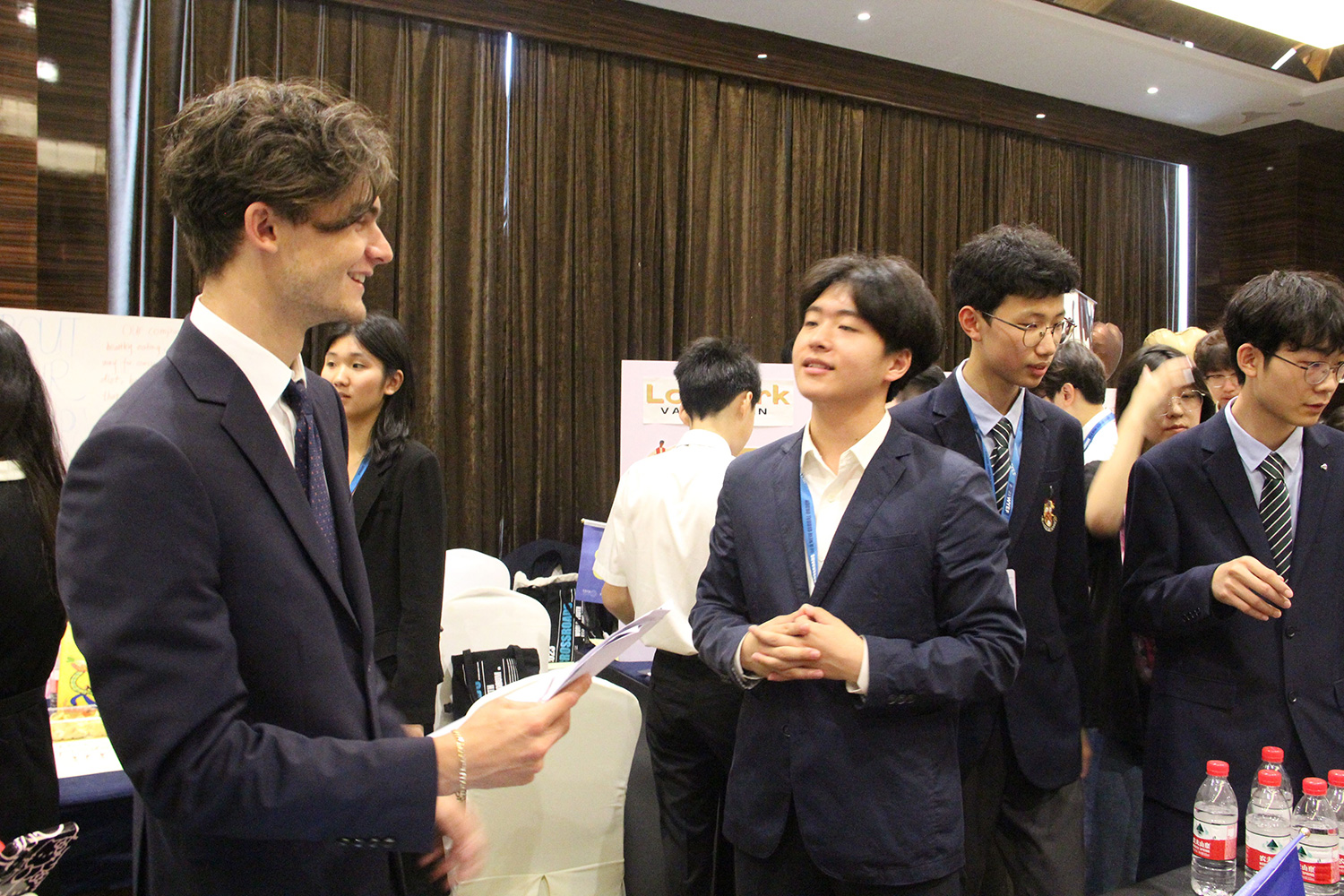
Senior Division
Grades 10-12
Individual / Team (Preliminary Round team size 3-8 people, Championship Round team size 3-4 people)
This year's prompt:
INNOVATION HAS CHANGED OUR WORLD
Innovation has changed our world. As the next generation of entrepreneurs, we encourage you to consider solutions to some of these global challenges. Please choose one of the six challenges and create a business idea to solve it.
--Harvard Crimson
In 2023, the ASEEDER Business Simulation entered a strategic partnership with The Harvard Crimson, providing a platform for young students worldwide to participate in the Harvard Crimson Business Competition. Teams participating in ASEEDER Business Simulation will will have the opportunity to participate in the HCBC Preliminary Round for free.
How to Submit Your Business Plan
Preliminary Round
Step 1: Register
High school and Middle school students anywhere in the world
Identify a pressing problem the world faces
Sign up to compete solo as a mighty team of one, or invite a few friends to join you to compete together. Think of a real-world problem out of The Harvard Crimson Business Competition’s six global challenges.
Step 2: Identity the Global Challenges
Through in-depth research and analysis of global challenges, you will identify potential business opportunities. Next, choose a challenge and develop an achievable, sustainable business plan to address it.

Global Warming
Business Plan for Sustainable Development
In recent years, global warming has intensified extreme weather conditions and presents a growing threat to many species on our planet. Statistics show that 13 million people lose their lives every year due to severe weather-related disasters. As a result, many major corporations have begun responding to the climate crisis through adopting sustainable business strategies.
Example: Tesla is laying the foundation for a global low-carbon future through the promotion of electric vehicles and the adoption of renewable energy.
Business Plan for Quality Education
Education doesn’t just shape the future of families and individuals, it shapes the trajectory of regional, national and even global development. Yet, the level of education and quality of educational facilities differs significantly across various regions. A UNESCO 2023 survey on Quality Education found that only 40% of primary schools, 50% of secondary schools and 65% of high schools worldwide have online learning resources. Analyze the gap between educational needs and infrastructure within the target region. Be sure to explore strategies to achieve business success while promoting educational equity.
Example: Khan Academy is a platform founded by Sal Khan that removes geographical and financial barriers by providing free online learning resources to make quality education accessible to students around the globe.

Education Equality

Imbalanced Economy
Business Plan to Promote Economic Development
In 2022, according to the International Monetary Fund (IMF) data, Luxembourg boasted the highest per capita GDP — 127,560 US dollars — while Burundi had the lowest per capita GDP at 309 US dollars. This large and uneven gap between countries highlights the disparity in global economic development. Through innovations both domestically and internationally, measures can be taken to reduce this gap. Consider how your initiatives can contribute to balancing economies to facilitate broader business growth.
Example: As a Chinese e-commerce platform giant, Alibaba launched the Rural Taobao project to introduce e-commerce to China's rural areas. Thus, Alibaba helped farmers sell agricultural products and handicrafts, increased sources of income, and promoted economic development in rural areas.
Business Plan to Promote Climate Conscious Transportation
According to the United Nations Department of Transport, 91% of the energy used in land, sea and air motor transport comes from fossil fuels, accounting for about a quarter of all greenhouse gas emissions. Based on the World Energy Statistical Yearbook, the world is in a transition period between traditional and new energy sources - this energy shift is expected to usher in a new era for industries. We encourage you to explore new transportation business opportunities to guide society towards cleaner and more sustainable options.
Example: In recent years, the popularity of shared bicycles has solved the ‘last kilometer’ traffic problem through promoting resource sharing, encouraging green travel, energy conservation and emission reduction.

Sustainable Transportation

Food Security
Business Plan for Food Security
Food security remains a critical and longstanding challenge facing our world. According to the Food and Agriculture Organization of the United Nations and the World Health Organization, approximately 600 million people fall ill every year from eating food contaminated with bacteria, viruses, parasites and chemicals, resulting in 420,000 fatalities. Addressing the need for access to high-quality food amid a growing global population is one of the biggest difficulties in today’s world. We encourage you to pursue a business-focused perspective, exploring avenues to critically engage and address this challenge.
Example: Longping High-tech revolutionized food production by developing high-yield, disease-resistant crop seeds, ensuring food security and quality.
Business Plan for Cybersecurity
Network security has become a major challenge in today’s digital age due to the widespread use of the Internet and rapid advancements in information technology. In 2023, the average cost of global data leakage is a staggering 4.45 million US dollars, raising substantial concerns among enterprises and individuals alike. The vulnerabilities in data security may lead to unforeseen security threats. We challenge you to explore technological solutions to secure networks, offering a dual benefit of risk mitigation and leadership in driving business innovation during the information age.
Example: Huawei uses cutting-edge face and fingerprint recognition technologies in their mobile phones, effectively reducing the risk of data theft while concurrently driving sales growth.

Information Security
Step 2: Select your Field
Through which field will you address your challenge?
Please choose one of the following fields. Then, use this field to create a solution to the challenge you selected.
For example, you may choose the science field to address the food insecurity challenge. An alternative approach may be to use the technology field to address the food insecurity challenge.
Science
Where Vision Meets Opportunity!
With the goal of reducing the cost of space flight and enabling reusable rockets, SpaceX has revolutionized space technology and enabled commercial space exploration.
Scientific research and development are important drivers of business innovation.
Think about turning your scientific knowledge into a world-changing business opportunity.
Technology
Harnessing Technology's Evolutionary Edge!
Google's search engine startup idea revolutionized the way people access information.
It makes accessing information faster and easier, shifting from reliance on limited resources to having access to unlimited data.
Students are encouraged to combine existing technologies with business ideas to solve social problems.
Sustainability
Discovering Business Success in Sustainability's Promise!
Through its People and Planet Positive programme, IKEA has committed to becoming fully carbon neutral by 2030 and is actively promoting a sustainable home lifestyle.
This commitment has transformed the home furnishing industry, inspiring people to focus on environmental protection and sustainable lifestyles, and promoting environmental concepts in home purchase and design.
Incorporate sustainable thinking into your business design to lead changes for the future.
Entertainment
Unlocking Prosperity, Business Flourishes in Entertainment's Boundless Arena
Tiktok subverts traditional entertainment methods and promotes the transformation of social entertainment through innovations such as short video forms, algorithm recommendations, user creation and social interaction, bringing unlimited business opportunities.
By analyzing potential needs and thinking about how to push boundaries, you can present your unique business ideas in the diverse arena of the entertainment industry.
Fast-Moving Consumer Goods
Fast-Moving Success: Where Business Finds Its Home in FMCG's Growth
L 'Oreal Paris provides consumers with a virtual makeup trial experience, enhances brand interaction and marketing, and realizes the digital transformation of the FMCG industry.
The fast sales industry is closely related to our lives, through the resonance of various needs in life, your many small innovations can become a new generation of explosive products through innovative marketing!
Step 3: Showcase Your Innovation
Refer to the PPT Structure Guidance
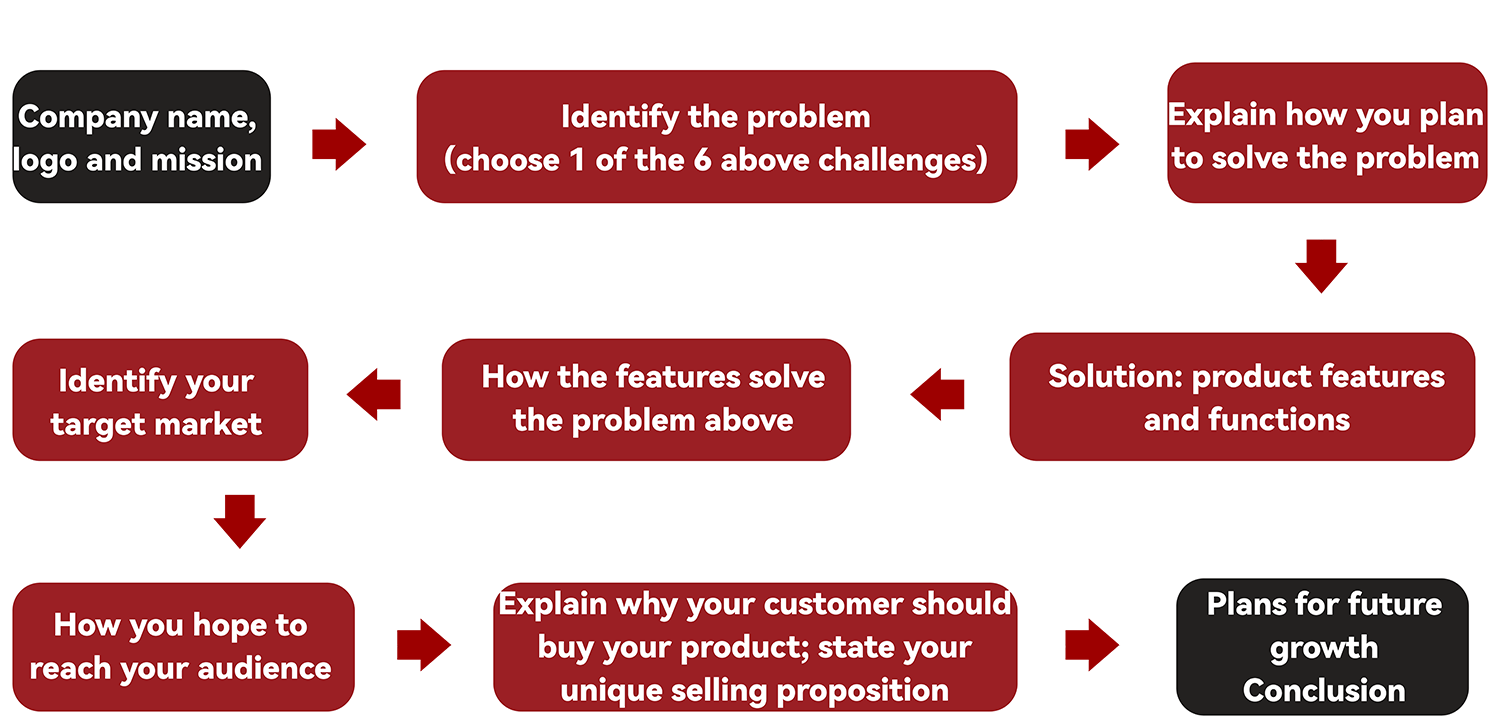
To submit your ideas to the Harvard Crimson Business Competition, please create a 14-18 slide powerpoint presentation using the format on the side.
Remember that the slides outline here is simply that, an outline! You are not bound to the exact slide ranges that we wrote above, but you should make sure to include all of the required information in the given order in no more than 18 total slides, but no less that 14 total slides.
Step 4: Congratulations! Please wait for the result announcements!
If you qualify for the Global Championship Round, you will be notified via email.
Stay tuned!
Judging Criteria
Your business plan should be highly feasible, backed by research, showcase realistic strategies and demonstrate a clear path to success.
Show your creativity and convince the audience that you have strong potential to pioneer new developments in the industry or market. Having clear, relevant, and well-organized content are pivotal elements that can significantly enhance a presentation’s effectiveness.